
As soon as you start reviewing math curricula, you’ll run across the phrase “conceptual math.” What is conceptual math (and why should you care)?
“Conceptual math” is shorthand for mathematics instruction that clearly explains the reasons why operations work as they do. It is often contrasted with “procedural math,” which teaches students to solve problems by giving them a series of steps to do.
Procedural math approaches an elementary problem such as two-digit subtraction (72 − 69, say) by teaching students to “borrow.”Since you can’t subtract 9 from 2, strike through the 7 next to the 2, turn it into a 6, and “lend” the 1 that you’ve borrowed to the 2. That turns 2 into 12, and 12 − 9 is 3, while 6 – 6 is 0.
This series of steps is known as an algorithm: a set process that you follow to find the answer to a problem.
Conceptual math explains why the algorithm works. First of all, these numbers are just shorthand ways to write 70 + 2 (72) and 60 + 9 (69). Rather than being taught to “borrow” a 1 from the 7 to make 12, the student instead might learn that 70 is made up of ones that are “bound up,” or “composed,” into seven sets of 10 (10 + 10 + 10 + 10 + 10 + 10 + 10 + 2) and that one of those sets will need to be “decomposed” back into ones and combined with the 2 ones in order to form a 12. So the subtraction problem can actually be written like this: (60 + 12) − (60 + 9) = (0) 3.
(Incidentally, the language of “composed” and “decomposed” is suggested by Liping Ma in her classic work on conceptual math, Knowing and Teaching Elementary Mathematics, which is highly recommended for parents teaching arithmetic to younger students.)
At the most elementary level, this might not seem like such a big difference in method. But the understanding that a larger number is “composed” of smaller groups bound up into larger sets will be crucial to a proper understanding of more complicated operations—such as long division.
Students who only learn procedure will find themselves, at the upper levels, carrying out algorithms without understanding why the steps work. In the words of one manual for math teachers, “Many students in the United States have given up on ever knowing why things work in mathematics. When they get an answer correct by simply following a procedure, regardless of conceptual understanding, they are satisfied.”
Procedural math is important; young students should learn the algorithms. But mathematical literacy involves learning both the procedures and the reasons why they work.
Recommended Products
-

Juneteenth Booklist & Activities
0 out of 5$0.00 Add to cart -
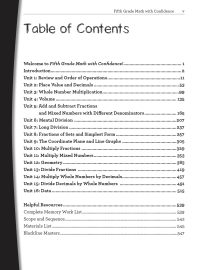
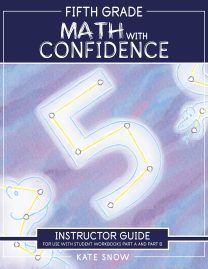
Fifth Grade Math with Confidence Instructor Guide
0 out of 5Starting at:$36.95Original price was: $36.95.$27.71Current price is: $27.71. Select options -
Sale!

Hansel & Gretel and Other Stories: Downloadable MP3
0 out of 5$12.95Original price was: $12.95.$8.42Current price is: $8.42. Add to cart -
Sale!

Dorothy and the Wizard in Oz: Downloadable MP3
0 out of 5$25.95Original price was: $25.95.$16.87Current price is: $16.87. Add to cart -
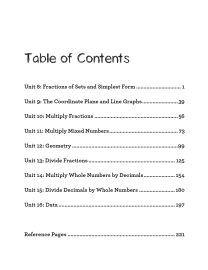 Sale!
Sale!
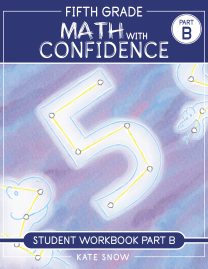
Fifth Grade Math with Confidence Student Workbook B
0 out of 5$16.46 – $21.56 Select options This product has multiple variants. The options may be chosen on the product page -
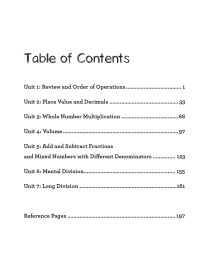 Sale!
Sale!
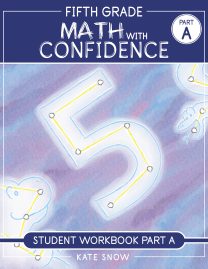
Fifth Grade Math with Confidence Student Workbook A
0 out of 5$16.46 – $21.56 Select options This product has multiple variants. The options may be chosen on the product page
ABOUT THE AUTHOR
Susan Wise Bauer
Join over 100,000 homeschooling families
For the latest offers, educational insights, products and more.
By joining you agree to our privacy policy.














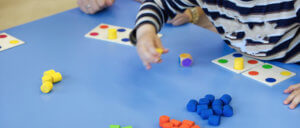





2 thoughts on “Conceptual & Procedural Math: What’s the Difference?”
Very helpful article! I am currently using Abeka with my 1st grader but have considered switching to Saxon (next year) for this very reason. I am even more persuaded to make a change after reading this article. My concern is that Grade 2 Saxon may be too slow after Grade 1 Abeka. Any thoughts?
The material is quite helpful and avoids confusion that is normally tied to memorization or rote learning without understanding the concepts behind the answers.